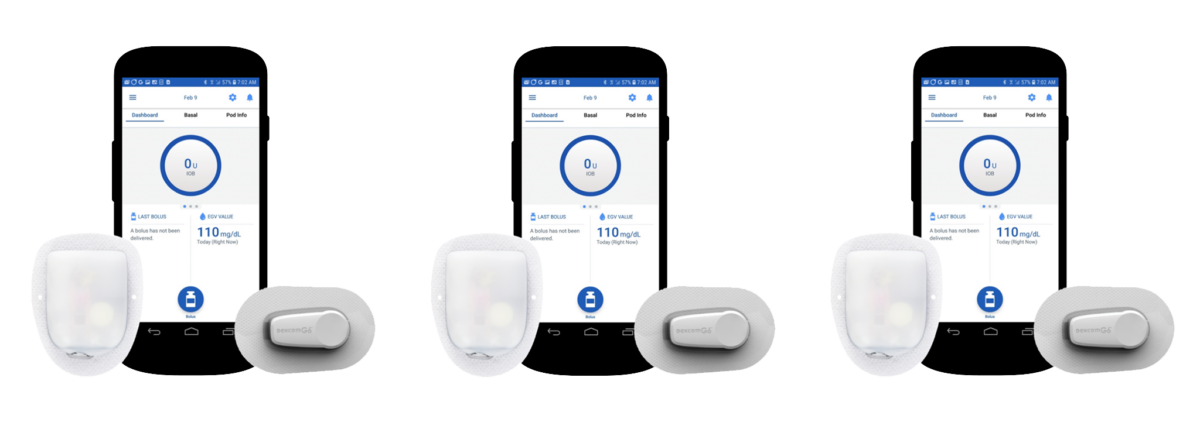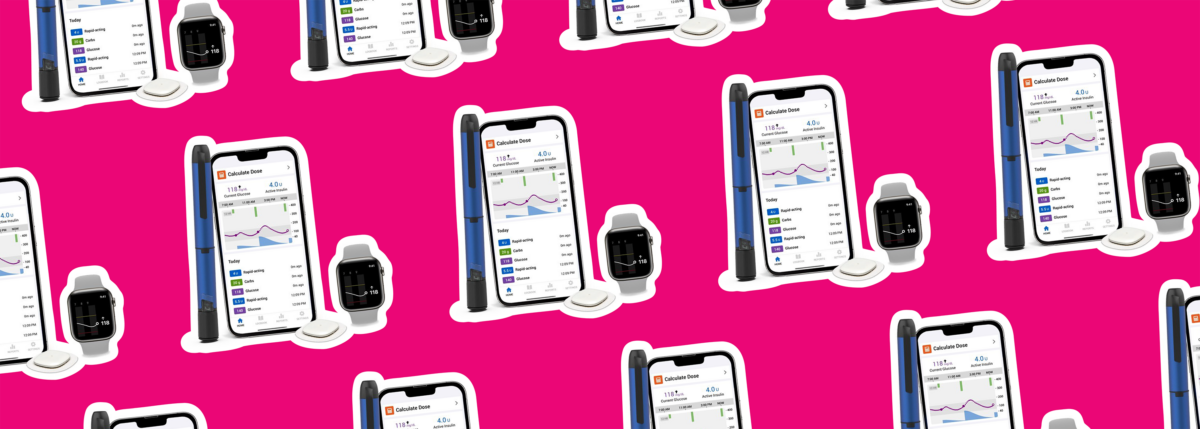Diabetic vs. Diabetes
Written by: Rachel Morgan
3 minute read
February 9, 2016
My son was diagnosed with type 1 diabetes when he was 3, so it took some time for us to master a new lexicon that had suddenly become part of our daily language: ketones, glucagon, hypoglycemia and the list goes on. For the first few weeks after diagnosis we moped around the house, afraid to leave for fear of restaurants and grocery stores, puzzled at how to check a blood sugar in the car with a kid in a car seat. During this time, Henry had lots of questions about his “dia-bee-bees.”
Even in those early days after diagnosis, when someone referred to my son as “a diabetic” it irked me in a way I didn’t fully yet understand. When I broke the news of Henry’s diagnosis to friends and family, I closed the email with, “Henry is a healthy 3-year-old boy, who also happens to have diabetes.” In those early murky days, when I was struggling to understand the difference between Lantus and Humalog, it was always clear to me that Henry was a person before he was “a diabetic.”
The 2016 Standards of Medical Care in Diabetes is out, and there’s a huge shift in the lexicon surrounding diabetes. The Summary Revisions section declares, “In alignment with the American Diabetes Association’s (ADA’s) position that diabetes does not define people, the word ‘diabetic’ will no longer be used when referring to individuals with diabetes in the ‘Standards of Medical Care in Diabetes.’ The ADA will continue to use the term ‘diabetic’ as an adjective for complications related to diabetes (e.g., diabetic retinopathy) (54.)’”
“Diabetic” is an adjective for complications related to diabetes, not my kid. My kid is a person with diabetes. Sure, “person with diabetes” (PWD) is more awkward to say; there’s three additional syllables, and the language is obviously stretching to avoid labels, but the change in perspective can be life-enlightening.
At our house, we used to call the Fed-Ex delivery van “the pincher truck.”

This made total sense to Henry, who came up with the name. One day after he’d spent the night in the hospital, his parents, who’d never physically hurt him, had to hold him down five to seven times a day and give him shots. Not only did they have to give him the shot, but they had to hold the needle in and count to three just to ensure better delivery of the insulin. Sometimes, they had to do this in his sleep. Then they started taping these pinchers (Dexcom) to his skin, and these pinchers came out of the pincher truck every month or so.
Henry’s almost two years into living with diabetes. He wears a pump and continuous glucose monitor (CGM), and he understands why. He’s also learned that sometimes toys come out of the pincher truck. He’s learning there’s never just one thing in this world. There are people, and some of those people have diabetes.
The first line of the 2016 Standards of Medical Care in Diabetes Introduction reads, “Diabetes is a complex, chronic illness requiring continuous medical care with multifactorial risk-reduction strategies beyond glycemic control. Ongoing patient self-management education and support are critical to preventing acute complications and reducing the risk of long-term complications.” That’s some heavy shit.
Here’s the subtext of that introduction. Diabetes is a disease and a condition. Diabetes (types 1 and 2) is presenting complexities to a medical system that’s been modeled on fixing acute conditions, not managing a chronic disease across a person’s lifetime, which is why so much of the care, education and financial burden for diabetes falls on the person and the person’s family.
My son needs strength and confidence to take the extra steps of self-care to manage his disease. At 5 years old, he’s already making sacrifices that are necessary to live a healthy life with diabetes. Those first seeds of strength and confidence come from others seeing him as a person first, not a condition.

Author
Rachel Morgan
Rachel Morgan and her husband, Matt, are the parents of two great kids, Ava and Henry. Henry was diagnosed with type 1 diabetes (T1D) at age 3, and after his diagnosis, Matt and Rachel decided to use their training as educators and creators to share their family’s journey with T1D in the hopes of raising awareness and understanding for anyone affected by T1D. You can follow their journey at www.semisweett1d.com, on Facebook (Semisweet), Twitter (@semisweett1d), and on Instagram (@semisweett1d).
Related Resources

Already compatible with Dexcom’s G6 and G7 continuous glucose monitors (CGMs), the Omnipod 5 Automated...
Read more

The younger a person is diagnosed with type 2 diabetes, especially those with obesity, the...
Read more

The Oura Ring, which tracks things like sleep, heart rate, and activity, is joining forces...
Read more

